Get a custom course package
We may not have any package deals available including this course. If you enquire or give us a call on +1 7204454674 and speak to our training experts, we should be able to help you with your requirements.
Module 1: Identifying Basic Concepts of Data Schemas
Lab: Navigating and Understanding Database Design
Module 2: Understanding Different Data Systems
Module 3: Understanding Data Types and Characteristics of Data
Lab: Understanding Data Types and Conversion
Lab: Understanding Data Structure and Types and Using Basic Statements
Module 4: Comparing and Contrasting Different Data Structures, Formats, and Markup Languages
Lab: Working with Different File Formats
Module 5: Explaining Data Integration and Collection Methods
Lab: Using Public Data
Module 6: Identifying Common Reasons for Data Cleansing and Profiling Datasets
Lab: Profiling Data Sets
Lab: Addressing Redundant and Duplicated Data
Lab: Addressing Missing Values
Lab: Preparing Data for Use
Module 7: Executing Different Data Manipulation Techniques
Lab: Recoding Data
Lab: Working with Queries and Join Types
Module 8: Explain Common Techniques for Data Manipulation and Optimization
Lab: Building Queries and Transforming Data
Module 9: Applying Descriptive Statistical Methods
Lab: Using the Measures of Central Tendency
Lab: Using the Measures of Variability
Module 10: Describing Key Analysis Techniques
Module 11: Understanding the Use of Different Statistical Methods
Lab: Analysing Data
Module 12: Using the Appropriate Type of Visualization
Lab: Building Basic Visuals to Make Visual Impact
Lab: Building Maps with Geographical Data
Lab: Using Visuals to Tell a Story
Module 13: Expressing Business Requirements in a Report Format
Lab: Filtering Data
Module 14: Designing Components for Reports and Dashboards
Lab: Designing Elements for Dashboards
Module 15: Distinguish Different Report Types
Lab: Building an Ad Hoc Report
Lab: Visualising Data
Module 16: Summarizing the Importance of Data Governance
Lab: Building Basic Visuals to Make Visual Impact
Module 17: Applying Quality Control to Data
Module 18: Explaining Master Data Management


The CompTIA Data+ Certification in the United States is a vendor-neutral certification that validates the knowledge and skills required to manage data in a variety of environments. It is designed for IT professionals who are responsible for collecting, storing, processing, and analysing data. This course can be beneficial for various professionals, including:
There are no formal prerequisites to attend the CompTIA Data+ Certification Training Course, but to be eligible for the certification exam, you must have a minimum of 18-24 months of experience in a report/Business Analyst role. Delegates should be familiar with databases and analytics tools, possess a foundational knowledge of statistics, and have experience in data visualisation.
CompTIA Data+ is a Data Analytics Training Course in the United States for early-career professionals who want to develop and promote data-driven decision-making. It teaches individuals to collect, analyse, and report on data to drive business priorities and make better data-driven decisions. This course introduces delegates to data management techniques, analytics tools, and methodologies, emphasizing the growing significance of data-driven strategies across industries.
Mastery of CompTIA Data+ in the United States is essential for professionals in data analysis, database administration, and IT operations. Data analysts, database administrators, and IT specialists benefit from this certification, validating data management, analytics, and visualization expertise. Professionals seeking to advance in data-related roles or validate their data analytics skills should aim to master the CompTIA Data+ Certification.
In The Knowledge Academy’s 2-day CompTIA Data+ Training in the United States, delegates gain a thorough understanding of the essential concepts of data schemas and dimensions, as well as the differences between common data structures and file formats. They learn how to translate business requirements into a proper visualisation in the form of a report or dashboard with the necessary design elements.
Course Objectives
Upon completing this training course in the United States, delegates gain the ability to use descriptive statistical methods, summarize different types of analysis, and apply critical analysis techniques, while also enhancing their skills in summarizing significant data governance issues and implementing data quality control measures.




Why choose us
Experience live, interactive learning from home with The Knowledge Academy's Online Instructor-led CompTIA Data+ Course. Engage directly with expert instructors, mirroring the classroom schedule for a comprehensive learning journey. Enjoy the convenience of virtual learning without compromising on the quality of interaction.
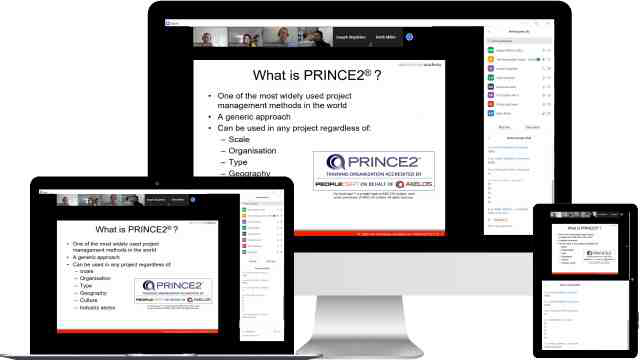
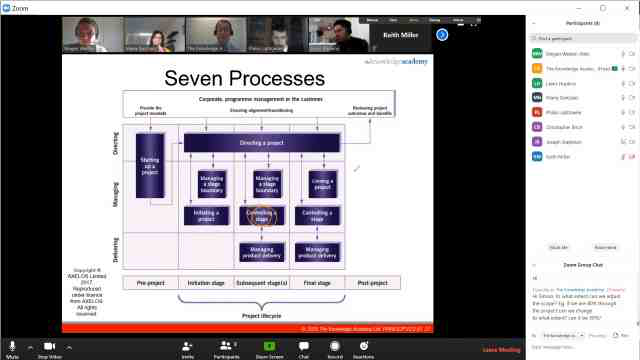
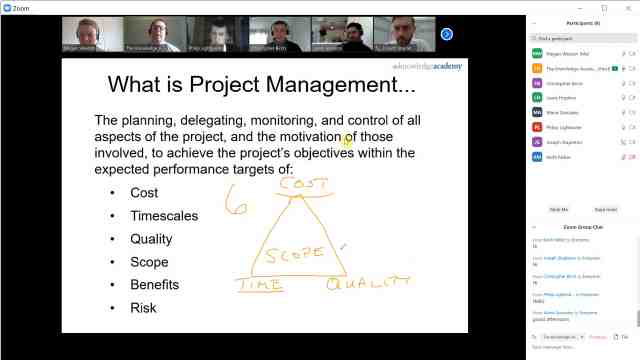

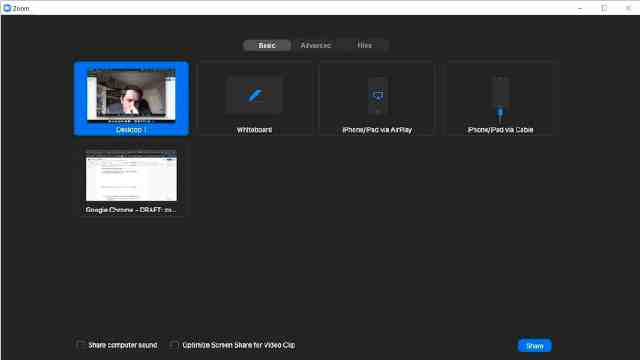
Unlock your potential with The Knowledge Academy's CompTIA Data+ Course, accessible anytime, anywhere on any device. Enjoy 90 days of online course access, extendable upon request, and benefit from the support of our expert trainers. Elevate your skills at your own pace with our Online Self-paced sessions.
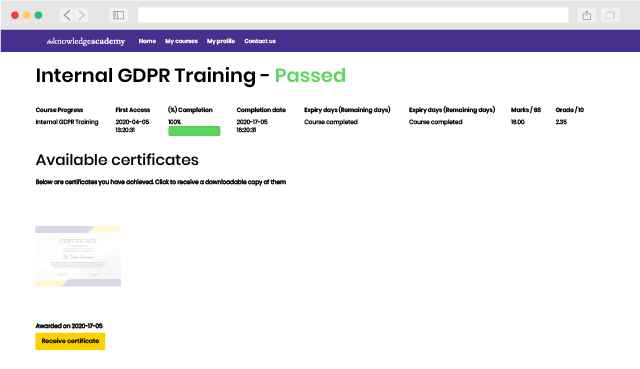
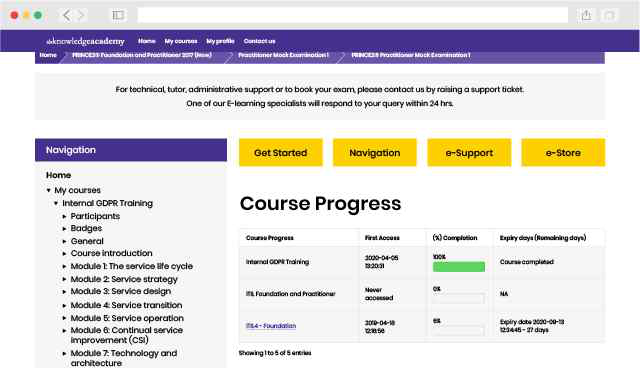
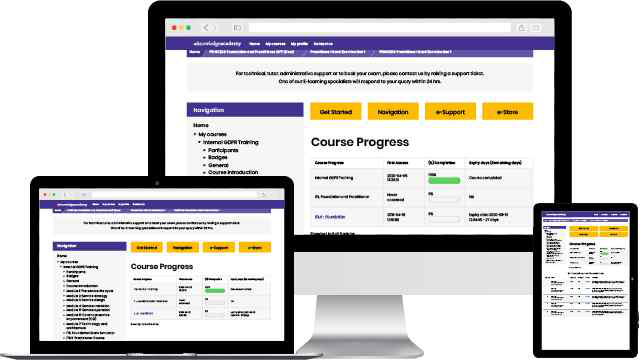
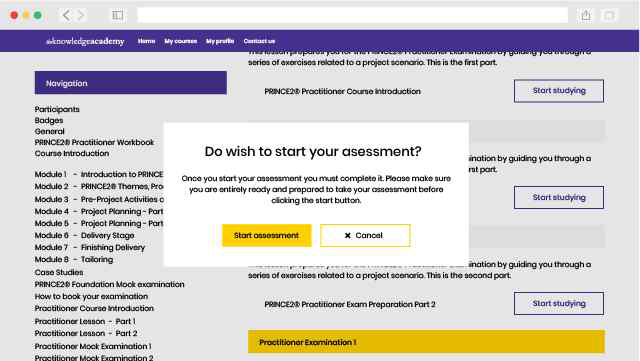
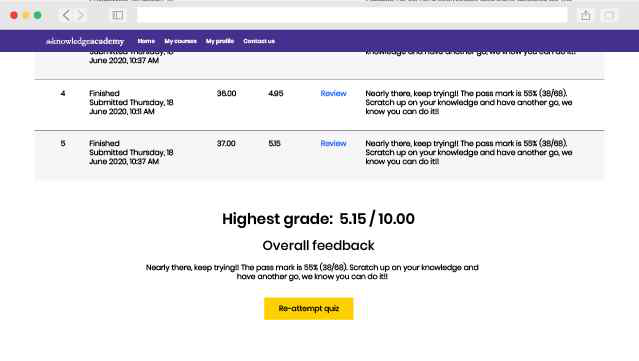
Highly recommend. Shelton was always willing to change around an example or do the extra research to help explain a principle.


You won't find better value in the marketplace. If you do find a lower price, we will beat it.

The Knowledge Academy's CompTIA courses are accredited by CompTIA

Flexible delivery methods are available depending on your learning style.

Resources are included for a comprehensive learning experience.




"Really good course and well organised. Trainer was great with a sense of humour - his experience allowed a free flowing course, structured to help you gain as much information & relevant experience whilst helping prepare you for the exam"
Joshua Davies, Thames Water



 Atlanta
Atlanta New York
New York Houston
Houston Dallas
Dallas Denver
Denver Seattle
Seattle Los Angeles
Los Angeles Chicago
Chicago San Francisco
San Francisco Philadelphia
Philadelphia San Diego
San Diego Phoenix
Phoenix Boston
Boston Austin
Austin Detroit
Detroit San Jose
San Jose Tampa
Tampa Colorado Springs
Colorado Springs Portland
Portland Sacramento
Sacramento Minneapolis
Minneapolis San Antonio
San Antonio Irvine
Irvine Las Vegas
Las Vegas Miami
Miami Bellevue
Bellevue Pittsburgh
Pittsburgh Baltimore
Baltimore Fairfax
Fairfax Orlando
Orlando Raleigh
Raleigh Salt Lake City
Salt Lake City Columbus
Columbus Oklahoma City
Oklahoma City Nashville
Nashville Charleston
Charleston Columbia
Columbia Cleveland
Cleveland Cincinnati
Cincinnati Memphis
Memphis Richmond
Richmond Virginia Beach
Virginia Beach Louisville
Louisville Fort Lauderdale
Fort Lauderdale Indianapolis
Indianapolis Des Moines
Des Moines Grand Rapids
Grand Rapids New Orleans
New Orleans Wichita
Wichita Charlotte
Charlotte Hartford
Hartford New Jersey
New Jersey Anchorage
Anchorage Omaha
Omaha Honolulu
Honolulu Albuquerque
Albuquerque Baton Rouge
Baton Rouge Iowa City
Iowa City Albany, NY
Albany, NY Boise
Boise Milwaukee
Milwaukee Tucson
Tucson Kansas City
Kansas City St Louis
St Louis Jacksonville
Jacksonville
 Back to course information
Back to course information
We may not have any package deals available including this course. If you enquire or give us a call on +1 7204454674 and speak to our training experts, we should be able to help you with your requirements.
 If you miss out, enquire to get yourself on the waiting list for the next day!
If you miss out, enquire to get yourself on the waiting list for the next day!

close


Press esc to close

close
Fill out your contact details below and our training experts will be in touch.



Back to Course Information